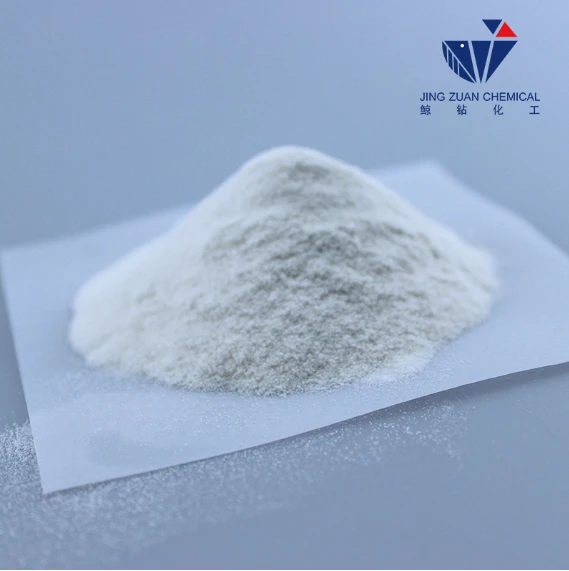
sept. . 24, 2024 06:28 Back to list
Synthesis Methods and Applications of Hydroxyethyl Cellulose in Various Industries
Synthesis of Hydroxyethyl Cellulose A Comprehensive Overview
Hydroxyethyl cellulose (HEC) is a water-soluble polymer derived from cellulose, which is one of the most abundant natural polysaccharides on Earth. HEC is widely used in various industries, including pharmaceuticals, cosmetics, food, and construction, due to its unique properties such as thickening, stabilizing, and film-forming capabilities. The synthesis of HEC involves a series of chemical reactions and modifications that transform cellulose into this versatile polymer.
Synthesis of Hydroxyethyl Cellulose A Comprehensive Overview
Following alkalization, ethylene oxide is introduced to the mixture. Ethylene oxide acts as an etherifying agent, and its reaction with the hydroxyl groups on the cellulose backbone leads to the formation of hydroxyethyl groups. This reaction occurs under controlled temperatures, generally between 30°C and 80°C, and can take several hours to complete. The extent of etherification can be controlled by adjusting the amount of ethylene oxide and the reaction time, which allows for the tailoring of HEC's molecular weight and viscosity properties.
hydroxyethyl cellulose synthesis

After the reaction is complete, the mixture undergoes neutralization to deactivate any unreacted ethylene oxide. This is often done by adding water or dilute acid to the reaction mixture. The resulting product is then precipitated out of solution using a non-solvent, such as alcohol or acetone. The precipitate is collected, washed, and dried to obtain the final hydroxyethyl cellulose product in powdered or granulated form.
Characterization of HEC is important to ensure its quality and suitability for specific applications. Techniques such as Fourier-transform infrared spectroscopy (FTIR), nuclear magnetic resonance (NMR), and gel permeation chromatography (GPC) are employed to analyze the chemical structure, molecular weight, and viscosity profile of the synthesized HEC.
In conclusion, the synthesis of hydroxyethyl cellulose is a meticulous process that involves alkali treatment and etherification with ethylene oxide. The resulting polymer exhibits a range of desirable properties that make it a valuable ingredient across various industries. Continued research and development in the synthesis and modification of HEC will likely expand its applications further, enhancing its significance in modern formulations and technological advancements.
-
Versatile Hpmc Uses in Different Industries
NewsJun.19,2025
-
Redispersible Powder's Role in Enhancing Durability of Construction Products
NewsJun.19,2025
-
Hydroxyethyl Cellulose Applications Driving Green Industrial Processes
NewsJun.19,2025
-
Exploring Different Redispersible Polymer Powder
NewsJun.19,2025
-
Choosing the Right Mortar Bonding Agent
NewsJun.19,2025
-
Applications and Significance of China Hpmc in Modern Industries
NewsJun.19,2025







